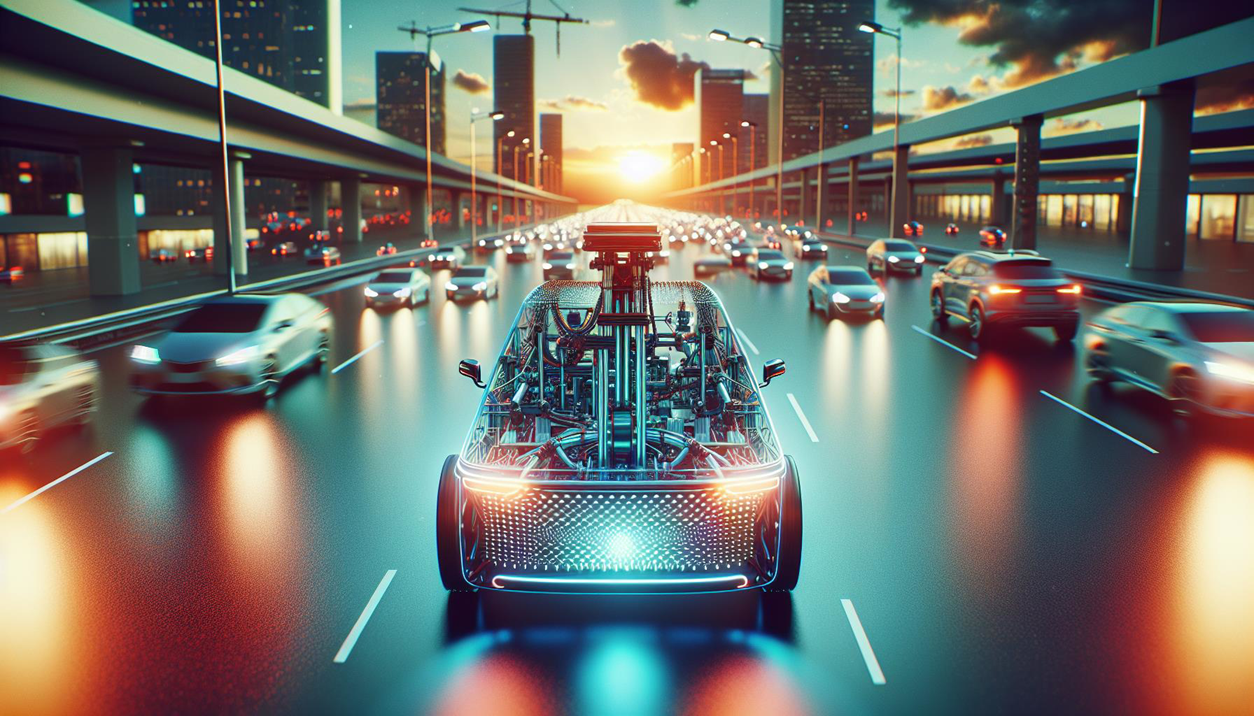The Harvard John A. Paulson School of Engineering and Applied Sciences has recently published a comprehensive report that delves into the current and future implications of artificial intelligence (AI) in the realm of autonomous driving. This report underscores the significant advancements in AI technologies that are propelling the development of self-driving cars, which are poised to transform the transportation sector by enhancing safety and efficiency.
Advancements in AI Technologies
AI technologies have made remarkable strides in recent years, particularly in the field of autonomous driving. These advancements include improvements in machine learning algorithms, sensor fusion, and real-time data processing. Companies like Tesla, Waymo, and Uber are at the forefront of these innovations, leveraging AI to develop sophisticated autonomous driving systems.
Tesla, for instance, utilizes its proprietary Full Self-Driving (FSD) software, which employs deep learning techniques to interpret data from cameras, radar, and ultrasonic sensors. This enables Tesla vehicles to navigate complex environments, recognize traffic signals, and make real-time driving decisions. Similarly, Waymo, a subsidiary of Alphabet Inc., has developed an advanced AI system that combines lidar, radar, and cameras to create a detailed 3D map of the surroundings, allowing for precise navigation and obstacle avoidance.
Data Processing and Sensor Integration
Autonomous driving relies heavily on the ability of AI systems to process vast amounts of data from various sensors and cameras. These systems must interpret this data accurately and swiftly to navigate complex environments safely. Companies like NVIDIA and Mobileye are leading the charge in developing AI-powered hardware and software solutions that enhance data processing capabilities.
NVIDIA’s Drive platform, for example, integrates AI with high-performance computing to process data from multiple sensors in real-time. This platform is used by several automakers, including Mercedes-Benz and Audi, to develop their autonomous driving systems. Mobileye, an Intel company, focuses on computer vision technology, using AI to analyze visual data from cameras to detect and classify objects, predict their movements, and make driving decisions accordingly.
Challenges and Opportunities
While the advancements in AI for autonomous driving are promising, there are several challenges that need to be addressed. One of the primary challenges is ensuring the safety and reliability of these systems. Autonomous vehicles must undergo rigorous testing and validation to ensure they can handle a wide range of driving scenarios and conditions.
Companies like Waymo and Cruise are investing heavily in testing and validation processes. Waymo, for instance, has logged millions of miles in real-world driving tests and billions of miles in simulated environments to refine its AI systems. Cruise, a subsidiary of General Motors, has also conducted extensive testing in urban environments to ensure its autonomous vehicles can navigate complex city streets safely.
Regulatory Considerations
The regulatory landscape for autonomous driving is still evolving, and it presents both challenges and opportunities for AI development. Governments and regulatory bodies are working to establish frameworks that ensure the safety and reliability of autonomous vehicles while fostering innovation in the industry.
In the United States, the National Highway Traffic Safety Administration (NHTSA) has issued guidelines for the testing and deployment of autonomous vehicles. Similarly, the European Union has established regulations that require rigorous safety assessments and certifications for autonomous driving systems. Companies like Tesla and Waymo are actively engaging with regulators to shape these policies and ensure their technologies meet the required standards.
The Future of Mobility
As AI continues to evolve, it is expected to play a pivotal role in shaping the future of mobility. Autonomous driving has the potential to revolutionize transportation by reducing traffic accidents, improving traffic flow, and providing greater accessibility to individuals who are unable to drive.
Companies like Uber and Lyft are exploring the integration of autonomous vehicles into their ride-sharing services. Uber’s Advanced Technologies Group is developing self-driving cars that can operate in urban environments, while Lyft has partnered with Waymo to offer autonomous ride-hailing services in select cities. These initiatives highlight the potential of AI to transform the way we travel and commute.
Conclusion
The report from the Harvard John A. Paulson School of Engineering and Applied Sciences provides valuable insights into the current state and future prospects of AI in autonomous driving. The advancements in AI technologies, coupled with the efforts of leading companies in the industry, are paving the way for a new era of transportation that promises to be safer, more efficient, and more accessible.
As we move forward, it is essential to address the challenges and regulatory considerations associated with autonomous driving to ensure the successful deployment and adoption of these technologies. With continued innovation and collaboration, AI is set to play a transformative role in shaping the future of mobility.
